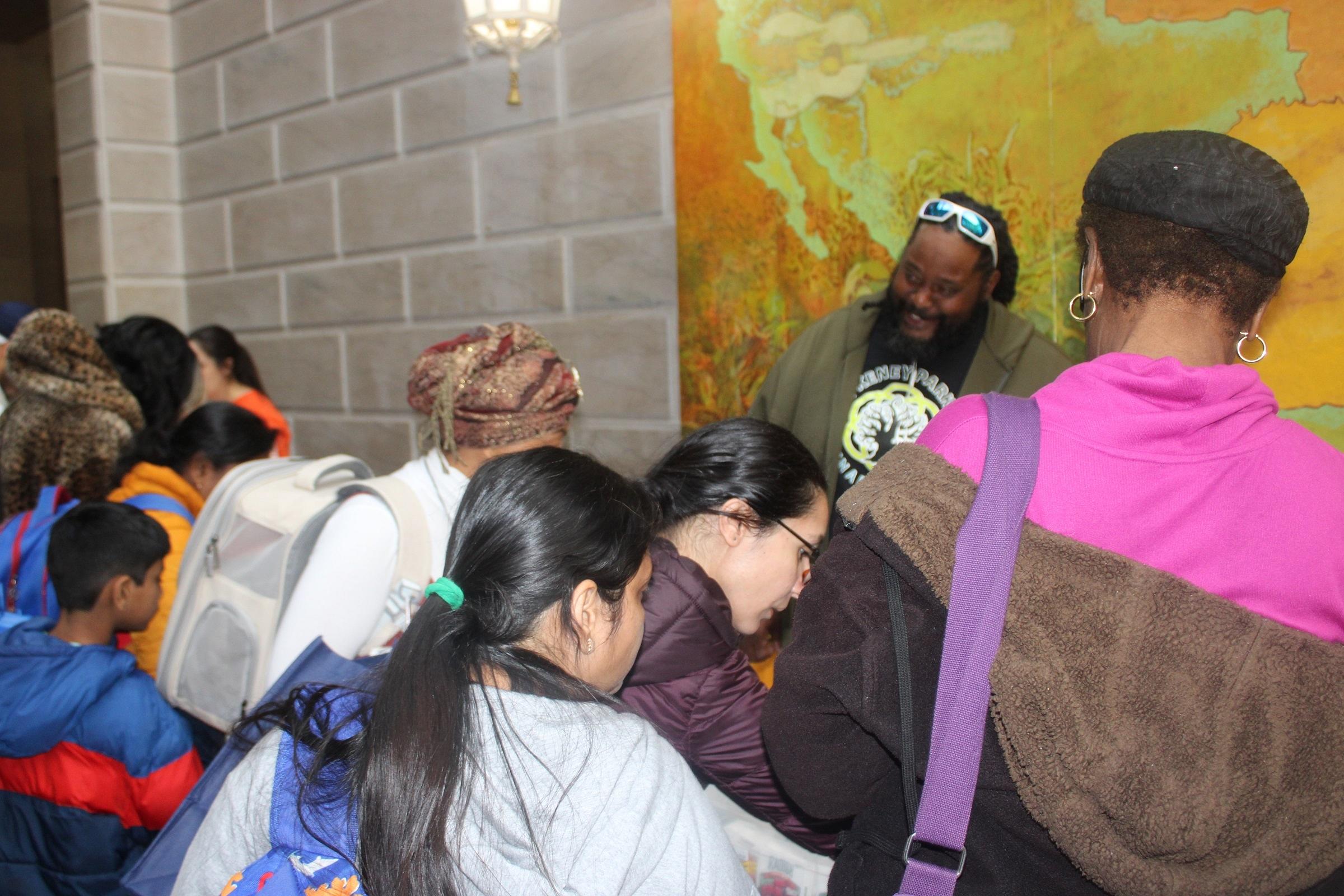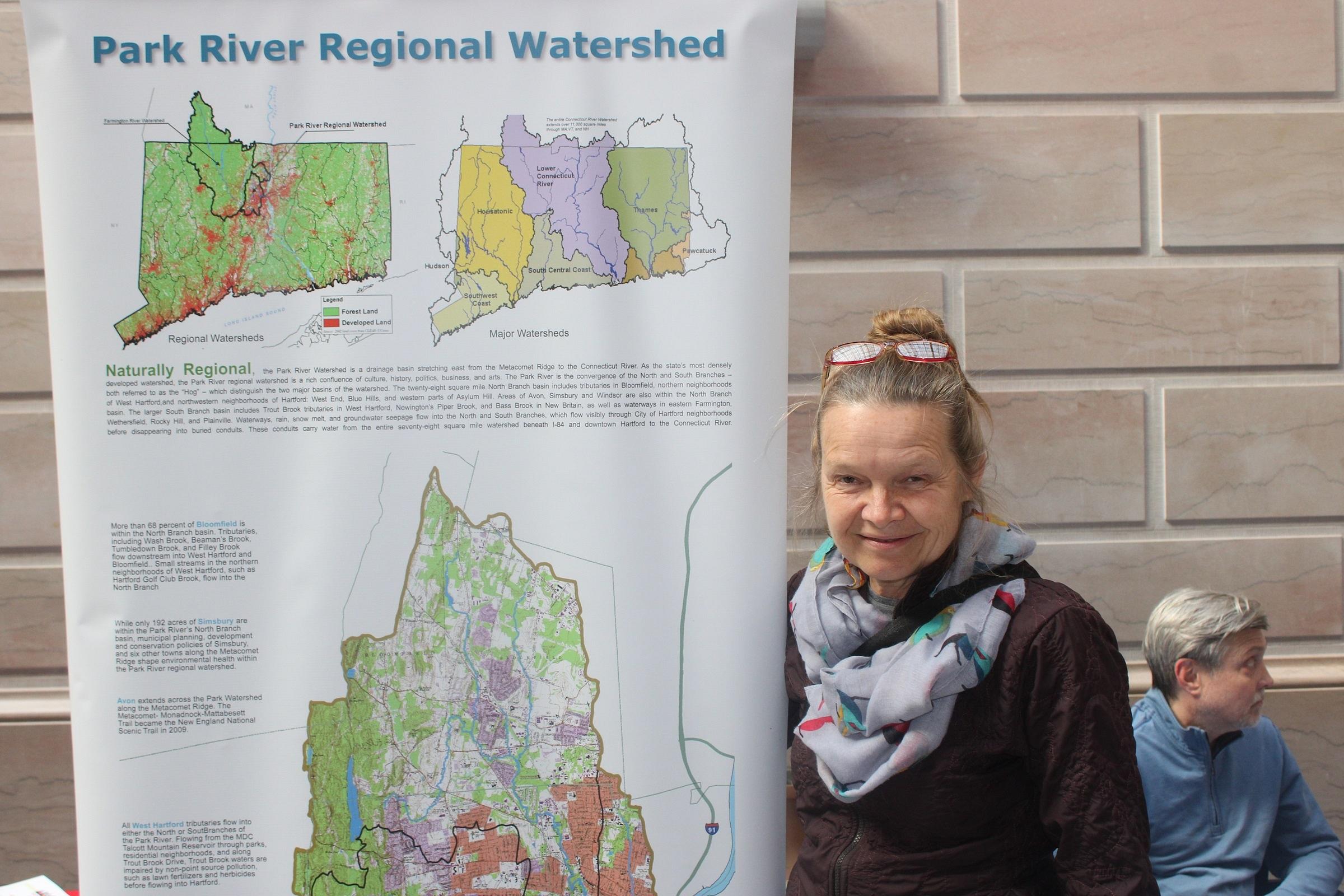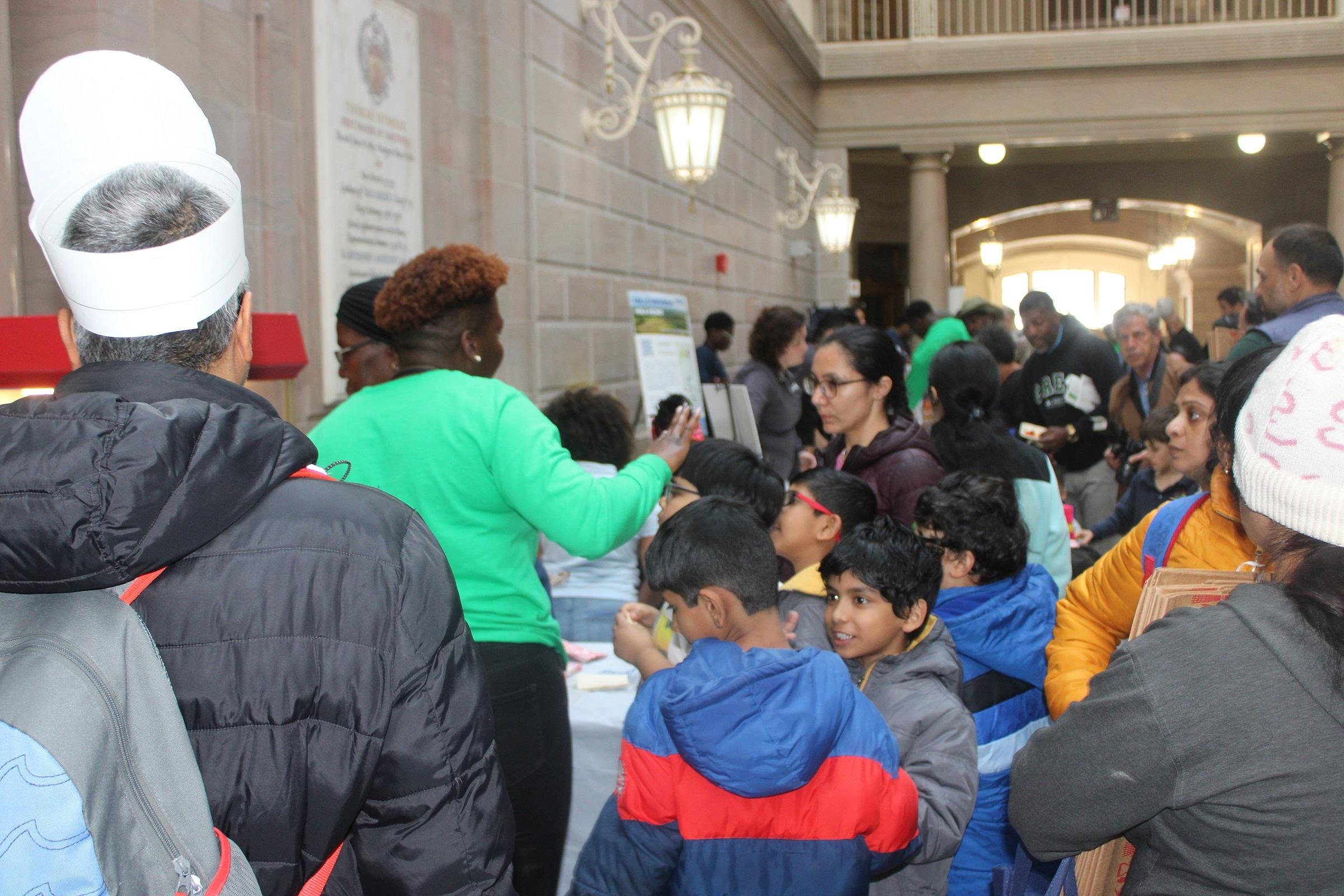Bulbs and Bulbs: An Earth Day Event and Celebration
Hartford City Hall
Hartford
April 22, 2024
Despite the importance of Earth Day, it often feels like there isn’t much to do to celebrate it.
I mean, sure, people plant trees and clean up parks and stuff, but that’s work — important work, but work nonetheless. Which is why I appreciated the approach that the City of Hartford took this Earth Day with the “Bulbs and Bulbs” celebration (that’s flower bulbs and energy efficient light bulbs) held on the second floor of the City Hall building.
The event combined the celebratory spirit of enjoying Earth’s beauty with information about how to preserve our home for future generations.
The entire floor was abuzz with activity as crowds of people mulled about the booths and displays that had been set up.
My first stop was in the corner near the entrance, where PhD students Leana Santos and Hayley Clos offered access to free soil tests for lead. They explained that cities like Hartford have high concentrations of lead not only due to the prevalence of lead paint, but also due to the past use of leaded fuel and the large amounts of traffic that passed through. Lead is an especially pernicious poison, especially to children, and its half-life in surface soil has been estimated at 700 years, so it’s a truly long-term problem without corrective action.

A little farther down I came across the Keney Park Sustainability Project, an organization dedicated to supporting urban agriculture and forestry education. They offered seeds and information about how to grow various plants. And deal with the pests that they attract. The organizers told me their mission is “growing growers.”

The most interesting booth of the day to me though was about midway through the gathering. There I met Mary Rickell Pelletier, the founder of Park Watershed. Her organization is dedicated to “citizen stewardship of nature in our neighborhoods,” particularly surrounding the eponymous 78-square-mile Park watershed, which covers almost all of Bloomfield and West Hartford and parts of nine other towns in Greater Hartford.

She told me that the watershed is one of the most developed in the state, and that that reality has serious consequences for the entire region. She referenced the flooding in the North End of Hartford that has become endemic during the city’s summer rain season.
“If Copaco Plaza in Bloomfield wasn’t so overdeveloped, we wouldn’t get so much stormwater flowing downhill into Hartford,” she explained. With less soil to absorb the water, there’s nowhere for it to go except the streets of Hartford. The city has already seen some of the impacts of constant flooding, losing one of its best known landmarks as a result of constant water damage.
“How can we relate nature back to the cities? Urban planning is focused on mobility and commuting instead of nature in our communities,” Pelletier said.
My own fascination with watersheds and their necessity for human survival is fairly recent. I was admittedly embarrassed that I realized I don’t know much about where the water I rely on comes from, how it stays clean and where it goes after I turn off the shower or flush the toilet. Unfortunately, as with most things, I didn’t start thinking about water until it became a problem, but hopefully it’s not too late to solve it.

Still, the event wasn’t all doom and gloom. There was food and face painting for children, as well as various prizes and giveaways throughout the afternoon. I left the event feeling concerned, but not hopeless. The perils of climate change and overdevelopment that Earth Day was designed to warn us about are here now, but there are people working hard to help make this next phase of our time on the planet a little more bearable.
NEXT
Jamil goes to try Korean hotpot






